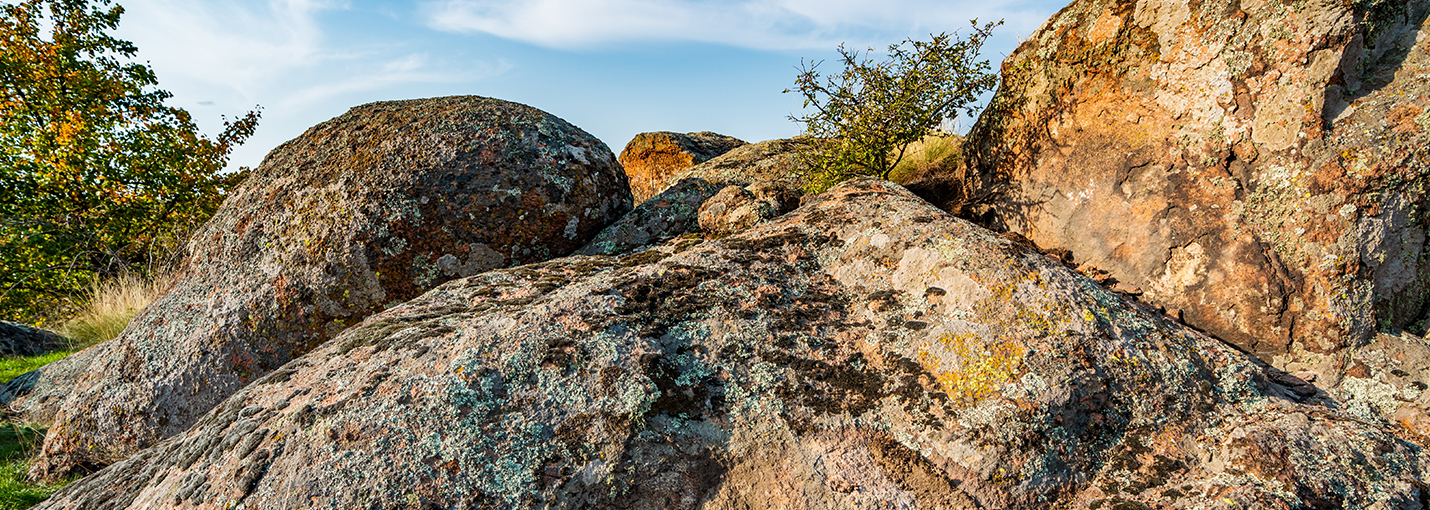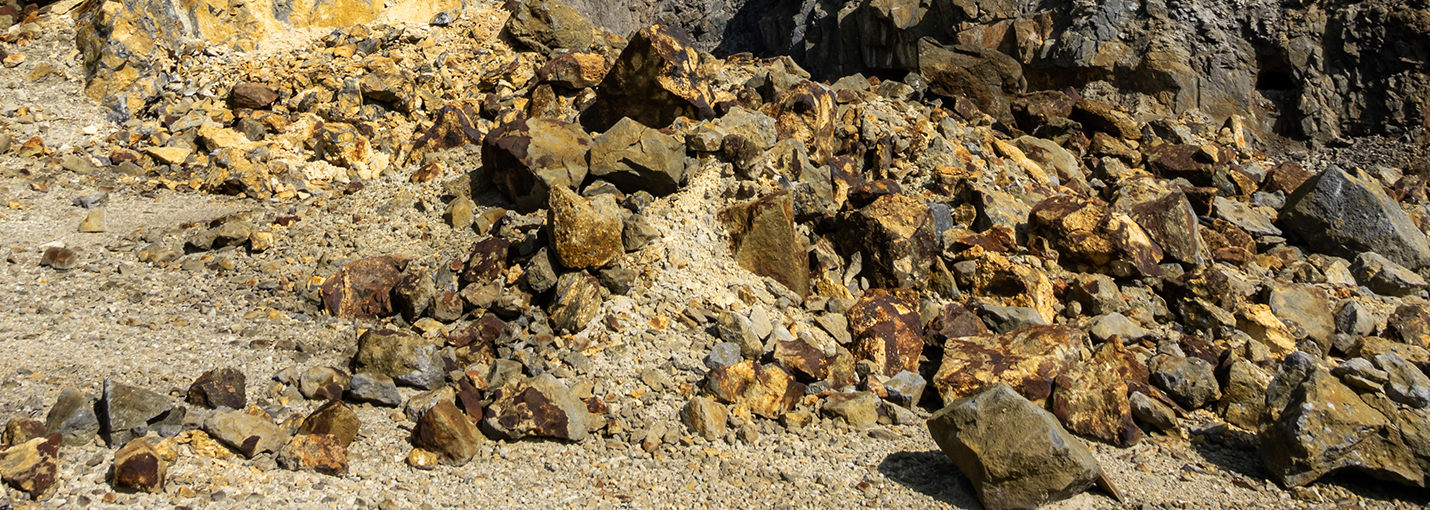“Serpentine indirectly is of great economic importance to California. It is a host rock for the state’s newest and most rapidly–growing mineral industry–asbestos, now bringing in several millions of dollars annually. It is an attractive rock, selected varieties of serpentine make good cutting material, and is used for bookends, paperweights, etc. Designating serpentine as the state rock will increase the market for such items and improve the local economy in a number of places.”
– Senator Luther E. Gibson of Solano County in a letter to then-Governor Edmond G. Brown, urging him to approve Gibson’s bill to make Serpentine the official state rock of California.


Everything Senator Gibson said in his 1965 letter to Governor Brown was true.
Serpentine is quite lovely, with a soft green hue that’s easy on the eyes and no doubt makes for lovely accessories (although we’ve never really understood the need for paperweights).
What is Serpentine?
Serpentine outcrops also host a variety of beautiful and rare vegetation, including the Raven’s Manzanita, which has evolved to depend on serpentine-rich soils and can only be found in a handful of spots in Northern California. Additionally, Serpentine is very good at natural carbon sequestration, so much so that the United States Geological Survey is studying it as a top natural method with which to capture and store excess carbon dioxide on the planet.
However, as noted positively at the time by Senator Gibson, Serpentine can contain chrysotile asbestos, which no doubt strikes a chord in anyone familiar with the perils that have followed the asbestos industry.
Is Serpentine Dangerous?
As with any asbestos deposit, you don’t have to worry about walking near or even handling Serpentine in solid form when it is undisturbed. When it’s mined and processed, however, asbestos becomes ‘friable’, meaning it breaks up into fibers that become airborne. People who lived near quarries where industry mined asbestos had higher rates of asbestos-related illnesses like cancer, even if they never stepped foot in the mine.
Is Serpentine still the state rock of California?
Since 1989, the U.S. EPA has phased out active asbestos mining in the U.S., so California’s Serpentine deposits generally pose no danger. Even so, it’s also easy to see why celebrating anything with asbestos hasn’t exactly aged well as a political platform. California State Senator Gloria Romero (East LA) went so far as to sponsor a bill that would have removed serpentine as California’s state rock in 2009. The bill (SB 624) passed the CA Senate, but subsequently died in the House and never became law.
And that’s probably okay for a number of reasons:
First, as noted, Serpentine in its natural state is safe. The only way the rock could easily hurt you is if someone threw it at your head.
Second, “serpentine” refers to a grouping of minerals and not a single rock. Your geology teacher would probably prefer you to call it “serpentinite,” and would also remind us that not all serpentinite contains chrysotile asbestos.
Third, no industry is currently mining serpentinite in the United States, because thankfully we have already realized the potential dangers in handling said minerals in an industrial capacity.


Asbestos and Serpentine in California History
Beyond its aforementioned natural properties, serpentinite also has some pretty cool scientific history in California. Modern plate tectonic theory – AKA, “Why The Entire Planet Looks The Way It Does” – is rooted in an understanding of how oceanic plates get thrust under continental plates. These “subduction zones” are actually largely comprised of metamorphosed serpentinite, and the recognition and study of serpentinite in California have been vital to global tectonic research.
Serpentinite was also a huge player in California’s famous Gold Rush, as it was particularly plentiful in the same places where gold was found in California and is still used to this day as a potential indicator of gold deposits.
So while we have long come to recognize the potential dangers of asbestos, serpentine being chosen as California’s state rock actually makes a lot of sense. Maybe someday we will also come to understand this paperweight thing.






